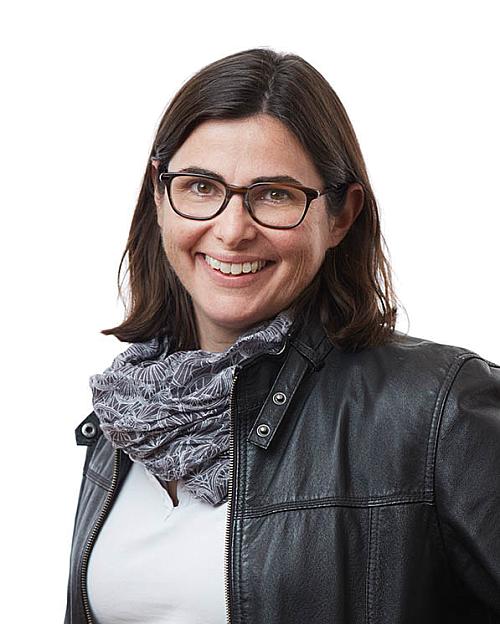OPTIPRO - Optimising prosthetic products with Kansei engineering and machine learning
Facts
Academic Partner: School of Engineering
Industrial Partners: TeamOlmed, Aktiv Ortopedteknik, UNYQ
Financiers: KK Foundation, Team Olmed, Aktiv Ortopedteknik, UNYQ
Duration of the Project: 2021-2023
Research Team:
Nerrolyn Ramstrand (Projectleader)

This project brings together experts in prosthetics, industrial product development and machine learning to improve the quality of prosthetic services and products for people who have undergone a lower-limb amputation.
Introduction
To optimise user satisfaction, prosthetic products should be comfortable, functional and have a pleasant appearance which is appreciated and accepted by the end user. The overarching aim of this project is to increase knowledge regarding the design and provision of prosthetic limbs for the lower extremities, with the goal to improving emotional value and satisfaction in products and services for end users.
Kansei Engineering methods will be used to translate end-user perceptions and feelings regarding specific product elements into concrete design parameters and to determine which specific elements are most likely to evoke a positive emotional response from a user.
Purpose
The way an individual with an amputation feels about their prosthetic limb can impact their self-confidence, level of social inclusion and psychological well-being. Research suggests that satisfaction of prosthesis users with the appearance of their prosthetic device is below an acceptable level for the medical device industry.
OptiPro is the first study of its kind to systematically investigate prosthetic attributes from the users’ perspective and to identify those with the greatest potential for improving users’ emotional response and satisfaction.
Expected results
This research will have direct implications for improving clinical prosthetic services but also for companies involved in the manufacture of component parts that are incorporated into a final prosthetic product. Prosthesis users will benefit by receiving products that better match their personal desires and to which they will have a greater emotional attachment. It is anticipated that this will be reflected in user satisfaction data as well as measures of psychosocial health and wellbeing.
Do you want to know more about the project?
- Professor
- School of Health and Welfare
- nerrolyn.ramstrand@ju.se
- +46 36-10 1271
Do you want to develop the next project with us?
- External Relations Manager
- School of Engineering
- linda.bergqvist@ju.se
- +46 36-10 1074




